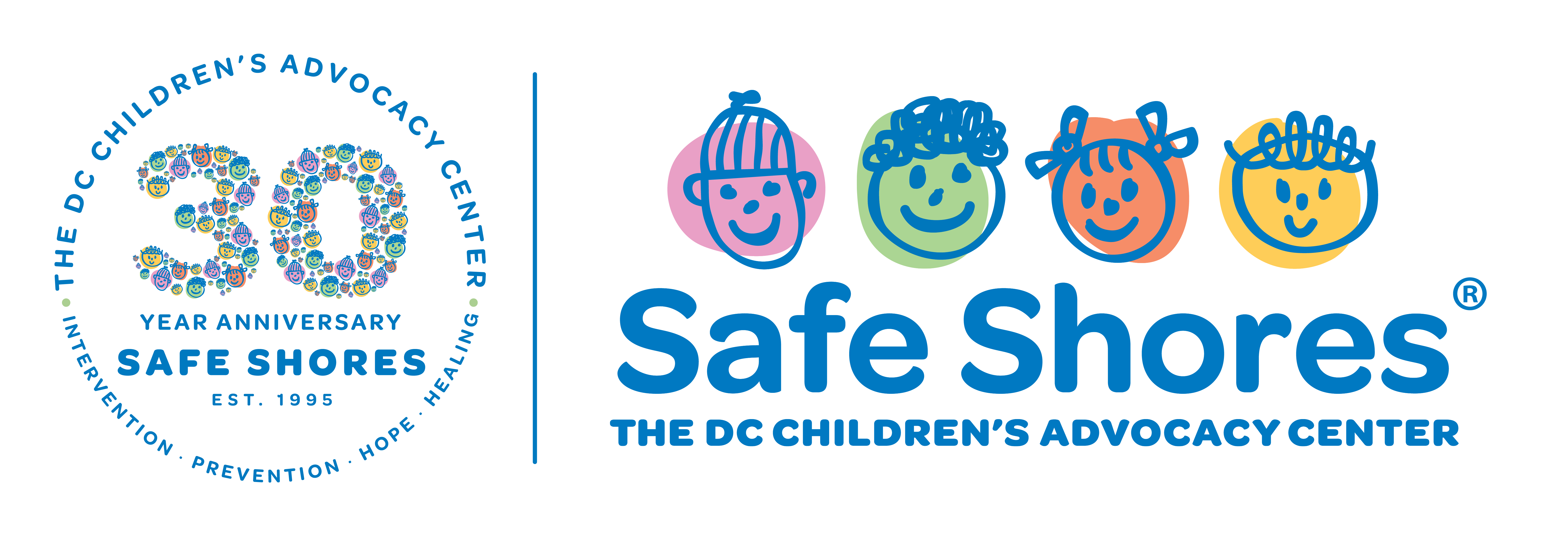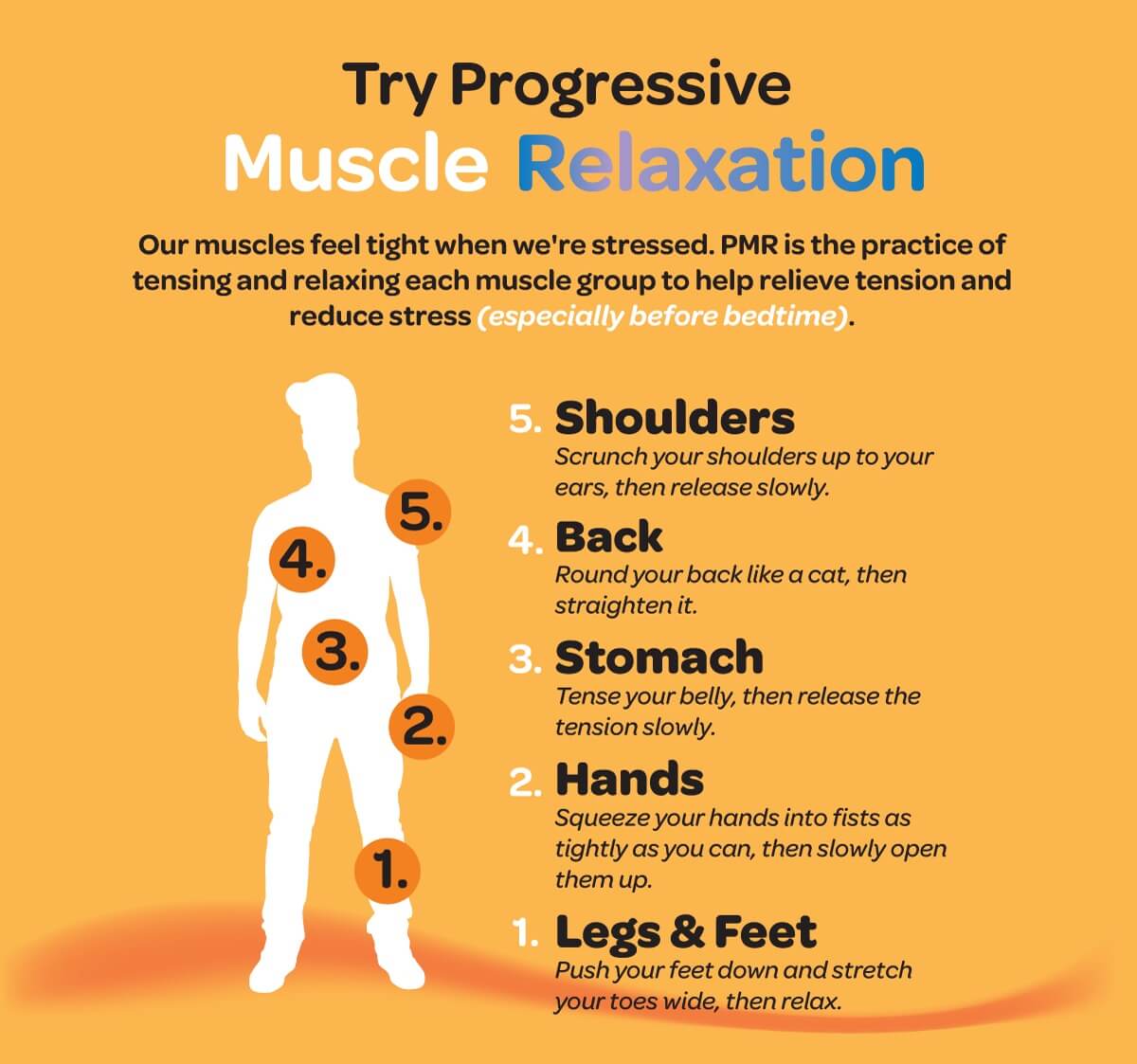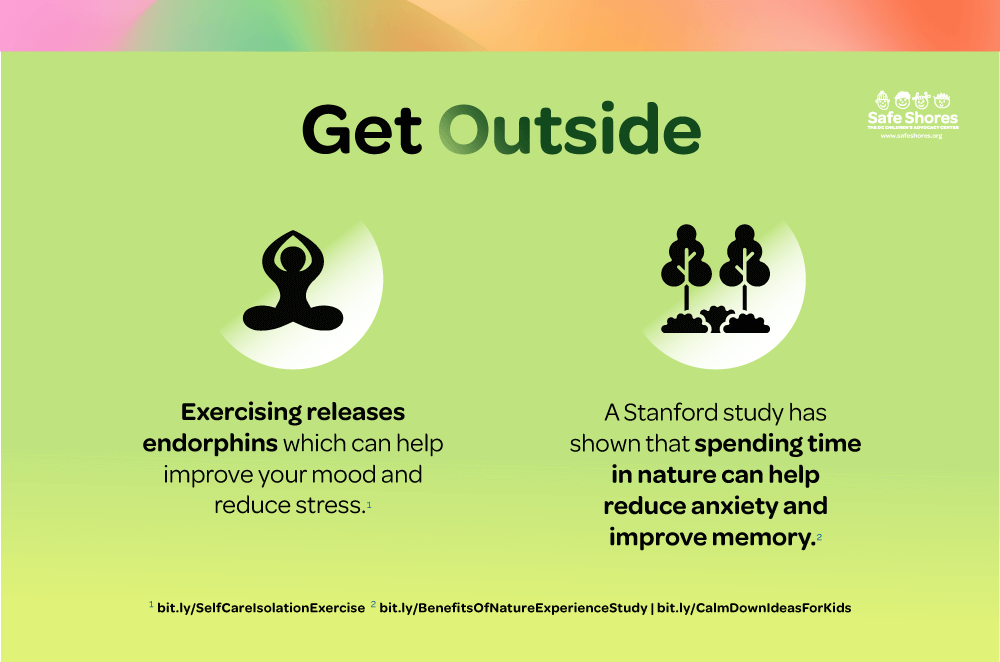When you hear the phrase “self-care,” what springs to mind? Bubble baths? Indulging in food and drink? Spa days and face masks? Recently, the act of self-care has become synonymous with self-indulgence, with brands latching onto the self-care craze as a way to sell their products. Real self-care looks wildly different. Self-care can be practiced by anyone, at any age. Our clinical services team uses many self-care techniques to help heal the children (and families) we serve.
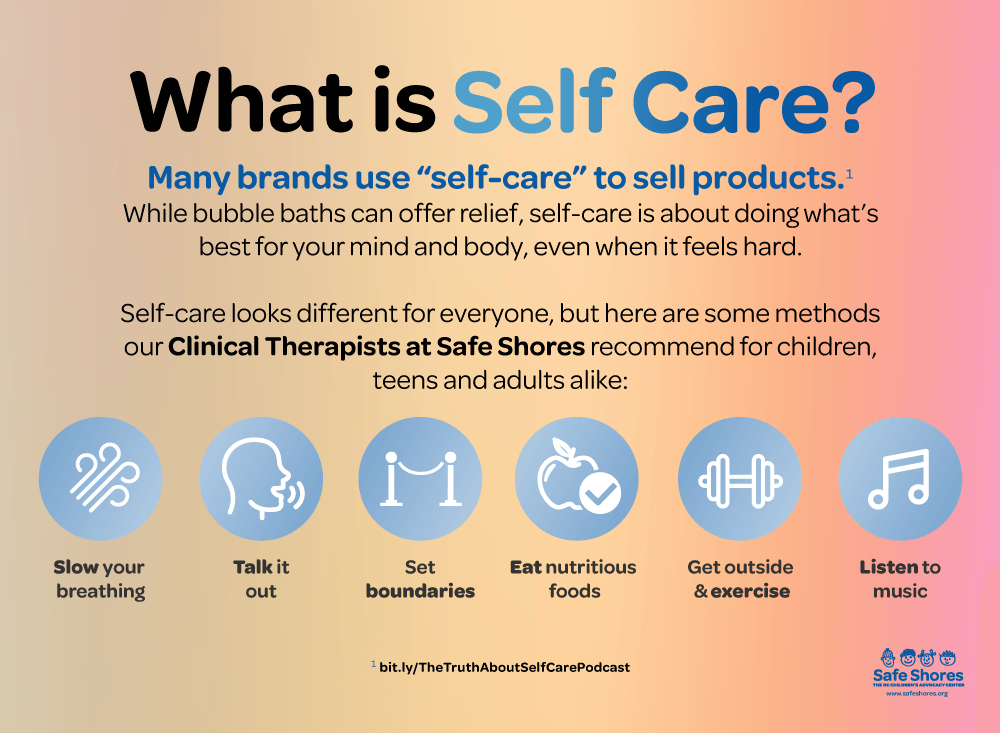
What is Self-Care?
To find out what self-care really is, we asked our therapists. The first thing they told us was that self-care sounds easy … but it truly isn’t.
“Practicing self-care is a lot about mindfulness,” said Lisa Dominguez, the Director of Clinical Services at Safe Shores. “The cliché is that it sounds so easy to do but it’s not. Self-care is hard work!”
Being “mindful” means being intentional and purposeful in your actions. You have to pay attention to how your body feels, what your mind is thinking and what emotions you are experiencing so you can better take care of yourself.
Next, our therapists told us that self-care looks different for everyone. It could look like setting emotional boundaries and saying “no.” It can be talking about how you’re feeling out loud, sometimes in therapy. It can also be about getting enough nutrient-rich food and water throughout the day and making sure you’re getting enough sleep. Self-care is about doing what is best for your mind and body, even when that feels difficult.
Children can practice self-care in the same way adults can! Caregivers can help children practice mindfulness. Below you can find some of the Safe Shores’ therapists’ favorite self-care techniques for kids.
Self-Care for Children
Belly Breathing
The simplest act of self-care for kids can be practicing deep breaths that use their whole diaphragm, which is known as “belly breathing.” According to scientists at Harvard Health Publishing, belly breathing slows your heartbeat, reduces blood pressure and decreases stress. When children need to calm their minds and bodies, belly breathing can help.
For young children, our therapists at Safe Shores use this music video with Elmo, Common and Colbie Caillat to belly breathe.
For an interactive way of practicing belly breathing, caregivers can light a candle and have children blow out the candle, while moving it further and further away so that the child has to use deeper breaths to blow the candle out.
Children, teens and adults can all follow along with this belly breathing animation to practice deep breathing.
Grounding
When children are feeling particularly stressed, anxious or angry, one way our therapists help them to practice self-care is through “grounding.” Grounding helps a child focus on the present moment and stop ruminating on the thought that may be making them feel upset. The Safe Shores therapists use the 5, 4, 3, 2, 1 grounding method by having a child name:
- 5 things they see
- 4 things they feel
- 3 things they hear
- 2 things they smell
- 1 thing they taste
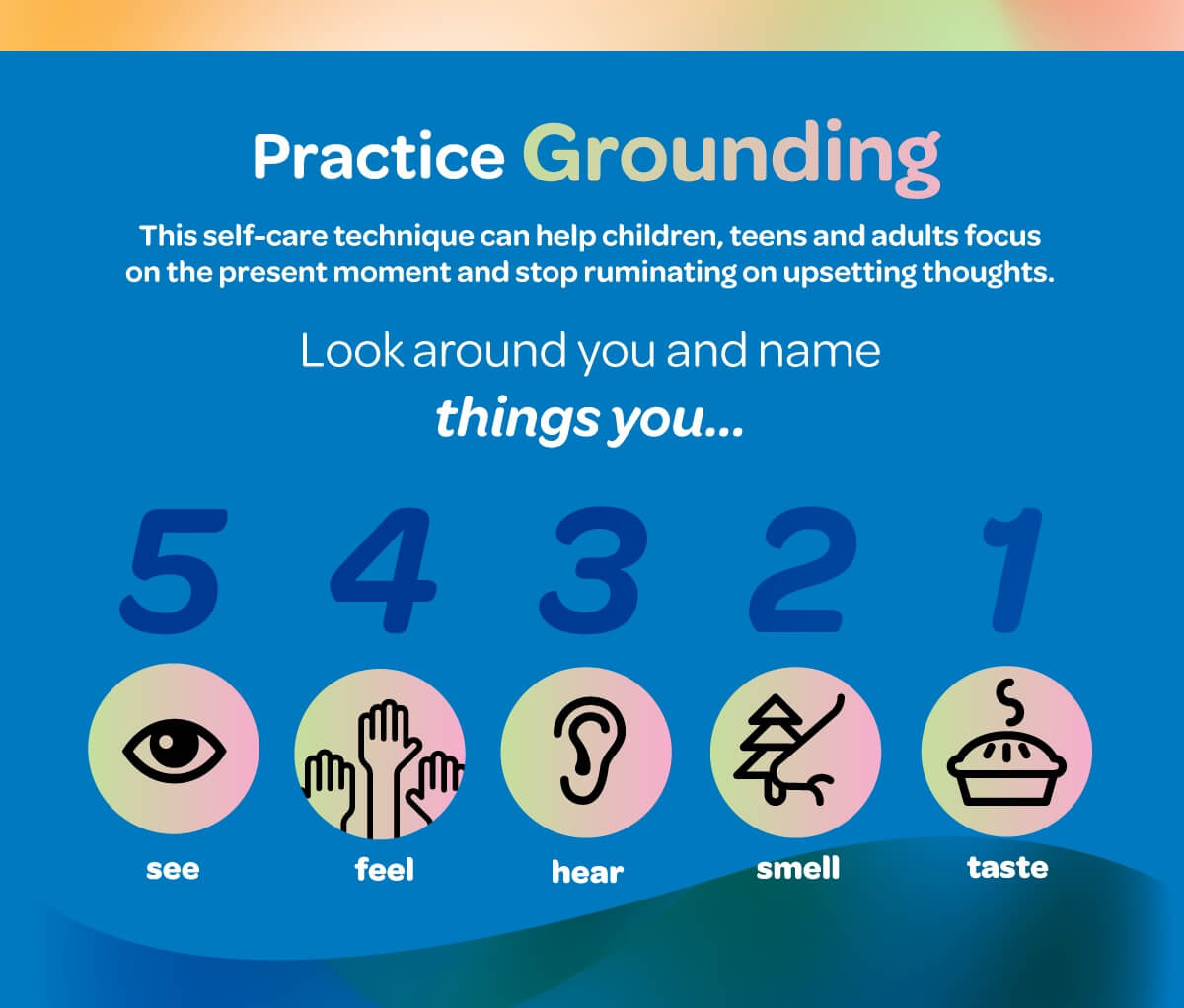
Progressive Muscle Relaxation
Have you ever noticed when you’re stressed, your muscles tense up? Your neck may be tight or your shoulders sore. This happens with children too and a great way for them to relax (especially before sleeping) is through progressive muscle relaxation.
Safe Shores therapists use fun stories to help children use their imaginations and tense up different muscle groups in their body and then relax them, releasing that stress and tension. They start with having the child pretend to squeeze a lemon tightly in their hands, and then let it go. Then, they move to having the child tense their stomach to pretend to balance a baby elephant on their tummy, stretch their back like a cat and roll their shoulders like a turtle going into its shell. Each story helps children relax and release the tension in their muscles and mind.
One of the narratives our therapists use near the end of this exercise is about being an uncooked spaghetti noodle:
Now imagine you are like uncooked spaghetti noodle. Hold your entire body stiff and straight. Make your muscles really tight, every single one. You feel like your whole body is a piece of spaghetti so hard that it will snap if you bend it. Make everything tense from the top of your head to your toes. Now pretend like you are completely cooked. Wiggle it out, swing side to side, move all your fingers and toes. Feel how nice it is to be a cooked noodle.
Older children and teens can participate in progressive muscle relaxation too! Caregivers can walk them through similar steps, using age-appropriate visuals.
Listening to Music
According to the American Psychological Association, listening to music can have a profound effect on the brain. Studies have found that music can reduce anxiety, pain and stress in children and adults. The Safe Shores therapists said that for teens in particular, listening to a favorite song or playlist can be a helpful way to practice self-care.
For children and teens who enjoy it, playing a musical instrument, singing, or dancing along to a playlist can also be a great way to practice self-care. Making music can create much needed mental space from a frustrating moment. Music stimulates the parts of the brain that are associated with regulating emotions, positive moods, memory, pain alleviation.
Alan Turry, managing director of the Nordoff-Robbins Center for Music Therapy at New York University in an article from Time Magazine, says, “Music is a way to bypass our rational side and to get in touch with the emotional life we often keep hidden. If people are having trouble, there’s usually a way that music can help.”
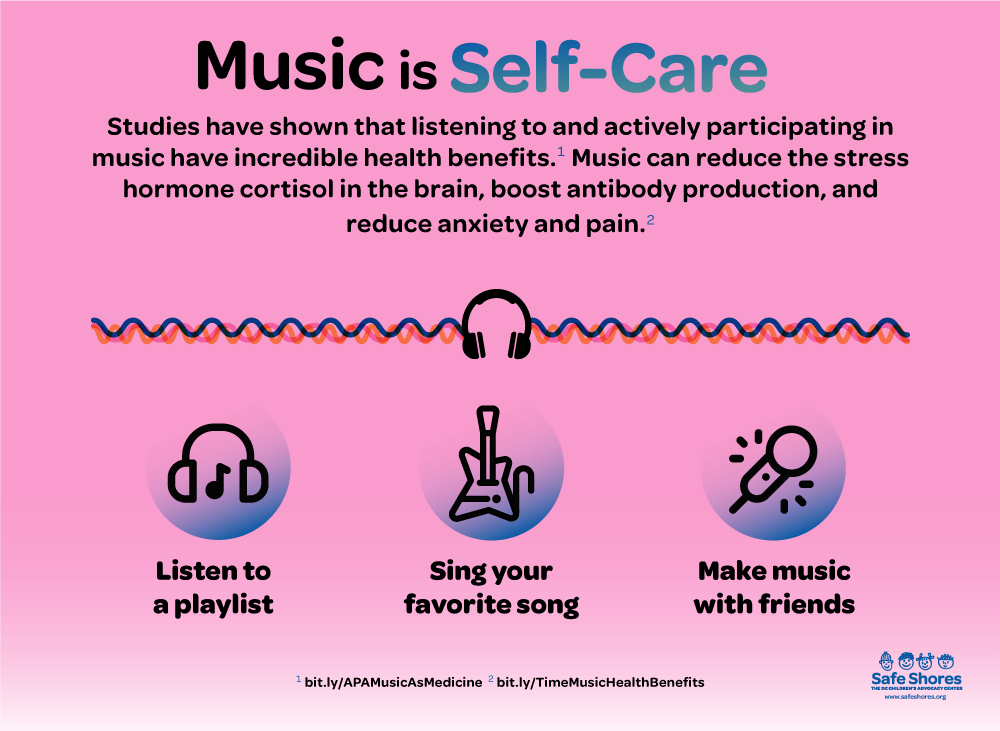
Moving Your Body and Getting Outside
Moving your body and exercising releases endorphins and improves your mood while reducing stress. Our therapists use different yoga poses like “Downward Facing Dog” along with positive affirmations to help our clients.
Encouraging children to move their bodies doesn’t have to be as structured as yoga poses, though. Turn on a favorite song and dance together or take a walk outside. Scientists at Stanford found that being outside in nature can decrease anxiety and improve memory while the rhythm of walking can be self-soothing.
Learning New Skills and Using Your Hands
When talking to our Safe Shores therapists, many of them have noticed our clients practicing self-care by learning new skills.
“Some of my clients have started to learn how to crochet or knit,” said Jessica Lopez-Enriquez LPC, NCC, a Child and Adolescent Therapist at Safe Shores. “I know this makes their parents happy, because they’ve been wanting them to learn for a while, but now they’ll start to crochet or knit during our tele-health Zoom calls. It’s grounding for them to have something to do with their hands while we do therapy.”
Coloring, drawing, baking and kneading bread, crocheting, knitting or any other skill you can practice by using and moving your hands is a great way to keep your emotions calm, relax your mind and practice self-care. The same goes for children!

Next time you hear the words “self-care” remember that it’s not about lavish and expensive products. Self-care is free, but it can also be hard to do, which is why it’s important to keep practicing. Self-care is about being mindful and taking care yourself, even when that can feel hard.
